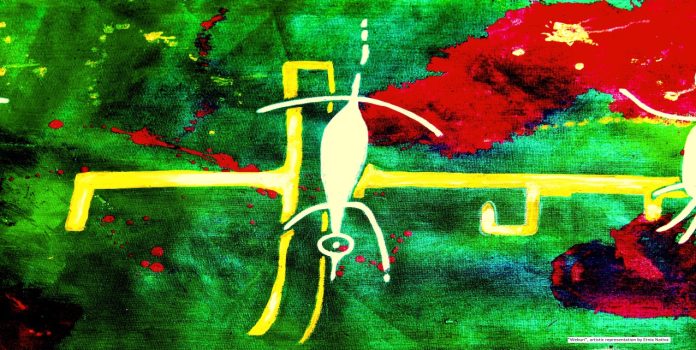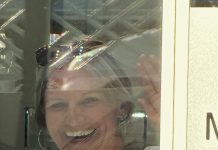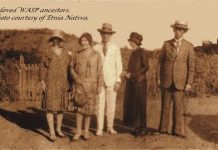Booking a magical glimpse inside Etnia Nativa
Article by Etnia Nativa call us 592 2702 and book your experience!
Etnia Nativa offers a unique native experience opportunity that blends education and entertainment. Interact with our exclusive team accessing a private facility and touring a beautiful property made with reused materials collected by its concept developer, top columnist, avocational archaeologist, and island`s cultural expert. Book your visit and dive deep into the navel of Aruba.
During this episode, we will share a bit about the first human artistic expressions found all around the island. These were made by our prehistoric inhabitants, who had a cosmic vision of their terrestrial existence. Through mind-altering potions and powerful cultural symbols, they were able to figure out a spiritual connection to their tribal and social cosmology. These artistic expressions, also referred to as rock art, give us a valuable glimpse into their aesthetics, psychology, and a way to connect to our own ancestral origins, being an important testimony to relate to and link with our forefathers.
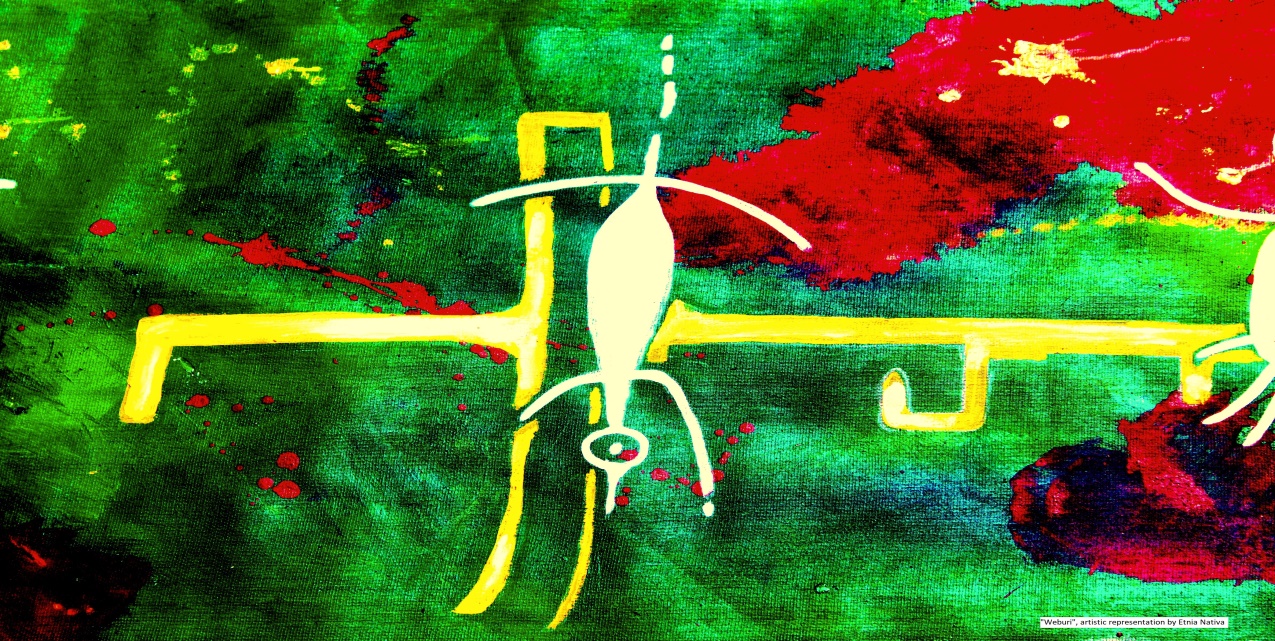
Aruba has over 300 early rock art expressions; some works were made on hard stone and others in limestone caves; years later, other similar symbols were baked out of refined clay into beautiful ceramic designs. This legacy is an important part of our native heritage and provides us with a portal to understand the sacred and mundane perspective of who were the first inhabitants of the island.
It’s about all artistic expressions that have been practiced for hundreds and even thousands of years on our American continent through the creation of symbols that represent stellar constellations, animals, spiritual beings, objects, or people. Some scientists completely believe that many worldly rock art represents ancient space travelers. Rock art has always shared a message, an engraved historical fact on the faces of rocks all over the planet. Looking back at rock art, we discover that it covers a very long distance in time, since the oldest known rock art to be found in North America, Cooper Bison Skull near Fort Supply, Oklahoma, dates back 10.200 years BCA.
In Aruba, a total of 301 pictographs (including 3 petroglyphs) have been found. Of course, one drawing can be as little as a dot or line that may be intended as a separate drawing by the ancient artist. Still, by counting every separate representation that everybody would call a rock art expression, one can even reach a total of approximately 331 separate drawing representations covering over some 17 sites.
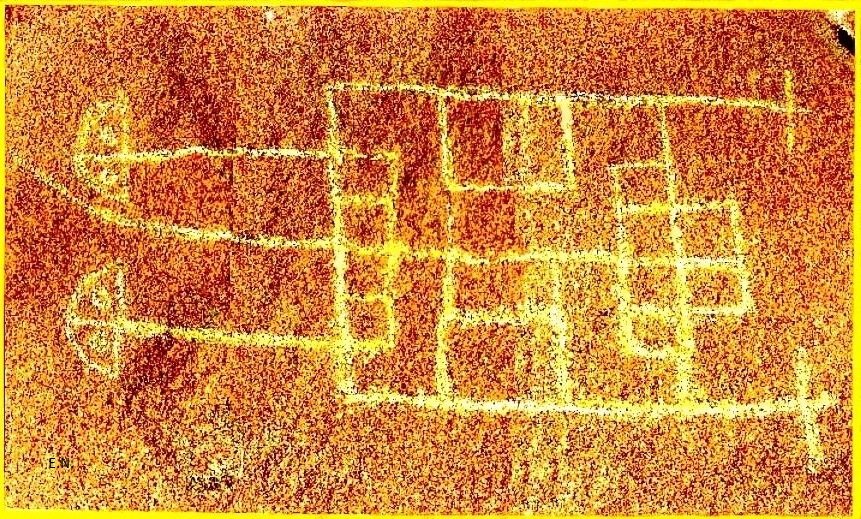
While petroglyphs are carved or pecked into an exposed rock surface, pictographs are painted onto the surfaces. On our island, Petroglyphs are less common than pictographs. Pecking into the rock to create petroglyphs was accomplished with a hammer stone or stone chisel. Different pecking techniques create different styles. Incising or scratching with a sharp tool was also practiced. Incised designs are more expressive and detailed than pecked designs.
Pictographs are usually created on light-colored background, protected from the elements, granite, quartz diorite (Batholite), or limestone surfaces, such as in cave walls and cave ceilings. Stylized animals, humans, and geometric object designs are common subjects. Pictograph pigments and binders were probably obtained from soot, vegetal pigments, sea animals, blood, or pulverized minerals. The colors generally used were red, orange, white, and black. Red pigment probably came from hematite or iron oxide; orange from a combination of hematite, ocher, calcium, lichen, or Brazil wood.
The official native rock artist was often a mystical healer, herbal blender, and color creator, but probably because of his power to heal and commune with the supernatural, he inspired creativity in himself and in others. They were undoubtedly a continuation of the first surviving shaman migrations passed through Bering more than thirty thousand years ago, and in our native language they are well known as “curanderos or curiosos” (**see “Island Insight” episode 269).
If you liked our native stories and are interested in diving deeper into learning the true identity of Aruba, a visit to Etnia Nativa would be a fantastic choice. We have been a trendsetting entity since 1994, as a co-founder of projects such as Arikok National Park, the Archaeological Museum, and the Artisan Foundation, among others. Every week, this newspaper shares our valuable knowledge. Don’t miss the opportunity to feel the island’s spirit through our real stories that are not just remembered; they resonate, they’re felt, and they stir souls to the bone. Book your visit: WhatsApp +297 592 2702 etnianativa03@gmail.com


